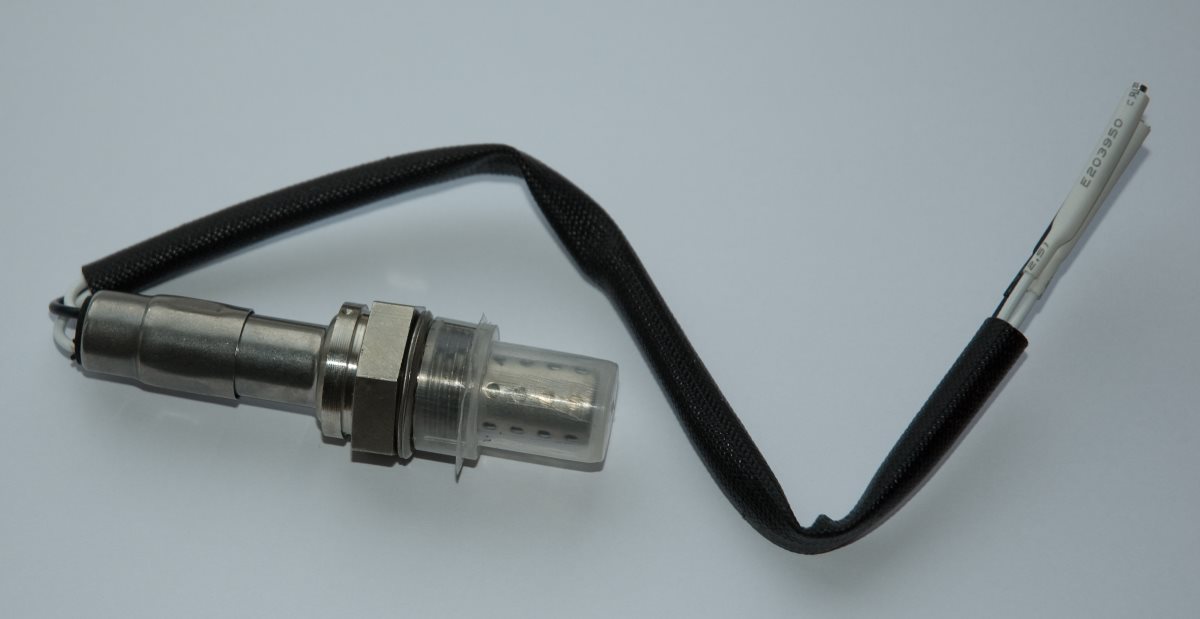What’s a Wide Band Oxygen Sensor, Anyway?
Pop the bonnet on most newer petrol cars these days, whether it’s a Toyota Aqua, a Honda Fit, or even a less-common ride like a Peugeot 308, and somewhere in the exhaust system you’ll spot a wide band oxygen sensor. Some folks call it an O2 sensor or air-fuel ratio sensor. Either way, it’s a little gadget that tells your car’s computer how much oxygen’s left in the exhaust.
Why should you care? Because in real Hamilton driving – the stop-start grind on Ulster Street, crawling through the roundabouts in Rototuna, bouncing over potholes in Melville – your car relies on these sensors to juggle your air-fuel mix. Get that right, and the engine runs sweet, burns less fuel, and keeps emissions lower, so you’re not failing a WOF for blowing too much smoke.
Wide Band vs Narrow Band – What’s the Difference?
The old school, narrow band sensors could only really say “rich” or “lean” – not much help when you need specifics. Modern wide band sensors, though, actually measure the air-fuel mix precisely. So whether you’re heading over to Morrinsville for work, doing the school run in Nawton, or zipping down Kahikatea Drive on a chilly foggy morning, your engine’s fuel mix adjusts perfectly. Better fuel economy, smoother running, less stink from the exhaust.
The wide band sensor sits upstream, usually before the catalytic converter. Technically, it’s keeping an eye on the exhaust gases right after they leave your engine, before they get cleaned up.
How to Tell if Your Car Has a Wide Band Sensor
Lots of late-model (2008 and newer) Japanese and Euro cars – think Toyota Blade, Nissan Dualis, VW Golf or BMW 1 Series, even some Mazdas and Subarus – use wide band sensors. But not every car is the same. If you’re curious, there’s a good online guide here to double check.
One tip: have a squiz at the wiring. Four wires is usually narrow band, except Toyota likes to be different and runs four-wire wide bands. If you see five or more wires, odds are you’ve got a wide band sensor under there.
Signs Your Wide Band O2 Sensor’s Playing Up
- Bad fuel economy – Painful at the pump, especially commuting to Te Awamutu or running deliveries across Chartwell. If the computer gets wonky signals, the engine burns too much fuel.
- Sluggish engine – Seen this heaps on newer Suzuki Swifts and even the odd Kia Sportage. Flat spots in the revs, not as peppy as normal, or just feels rough at idle.
- Rough idle or random stalling – Ever had the car shudder sitting at the lights in Dinsdale or stall when you slow down for a speed bump in Hamilton East? Sensor could be dodgy.
- Check engine light – Nearly every week we have someone pop in after that dreaded orange light flashes up heading through Cambridge. Loads of things can trigger it, but O2 sensors are regular offenders.
- Failing your emissions or WOF – Seen way more smoke than usual? WOF testers in Hamilton and around Huntly aren’t too fond of smoky exhausts.
Worth mentioning: these symptoms aren’t always just the sensor’s fault – could be a whole bunch of issues. That’s why we scan and check before replacing anything.
Wide Band O2 Sensor Replacement & Installation in Hamilton
If you reckon your sensor’s stuffed – maybe your Toyota Camry’s chewing through fuel or your Subaru Outback’s just not running right – pop by Grimmer Motors. One of our techs can run a proper scan, check the wiring and confirm if it’s the sensor causing grief. We’ll source the right part (not always easy for Euro cars!) and replace it so you’re sorted.
Getting this sorted usually means:
- Better engine response – great for Hamilton city traffic or motorway blasts toward Ngaruawahia.
- Lower fuel bills
- A cleaner exhaust (better for the environment and your next WOF)
Need a new wide band oxygen sensor in Hamilton? Give us a bell at Grimmer Motors, or just Book Now

